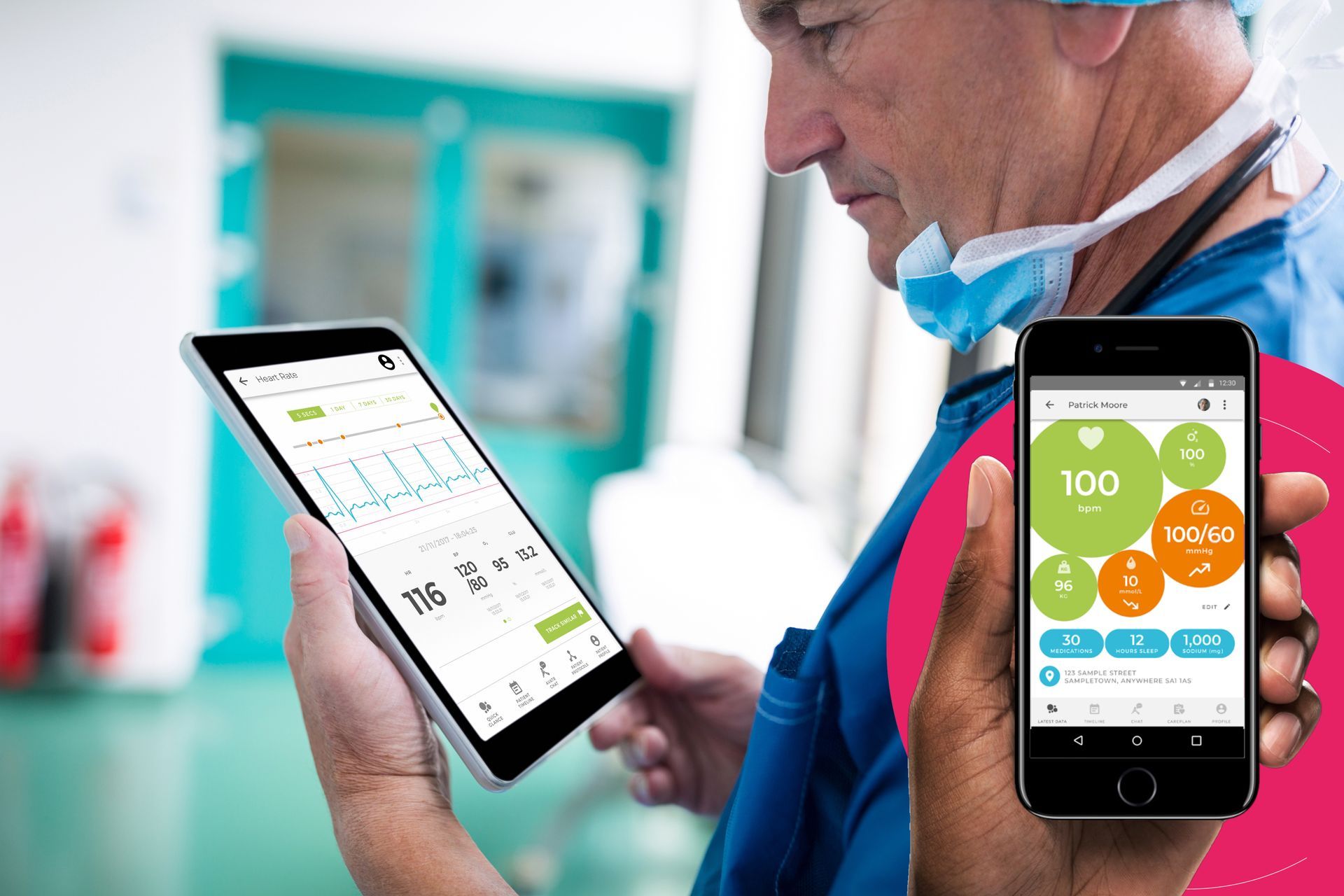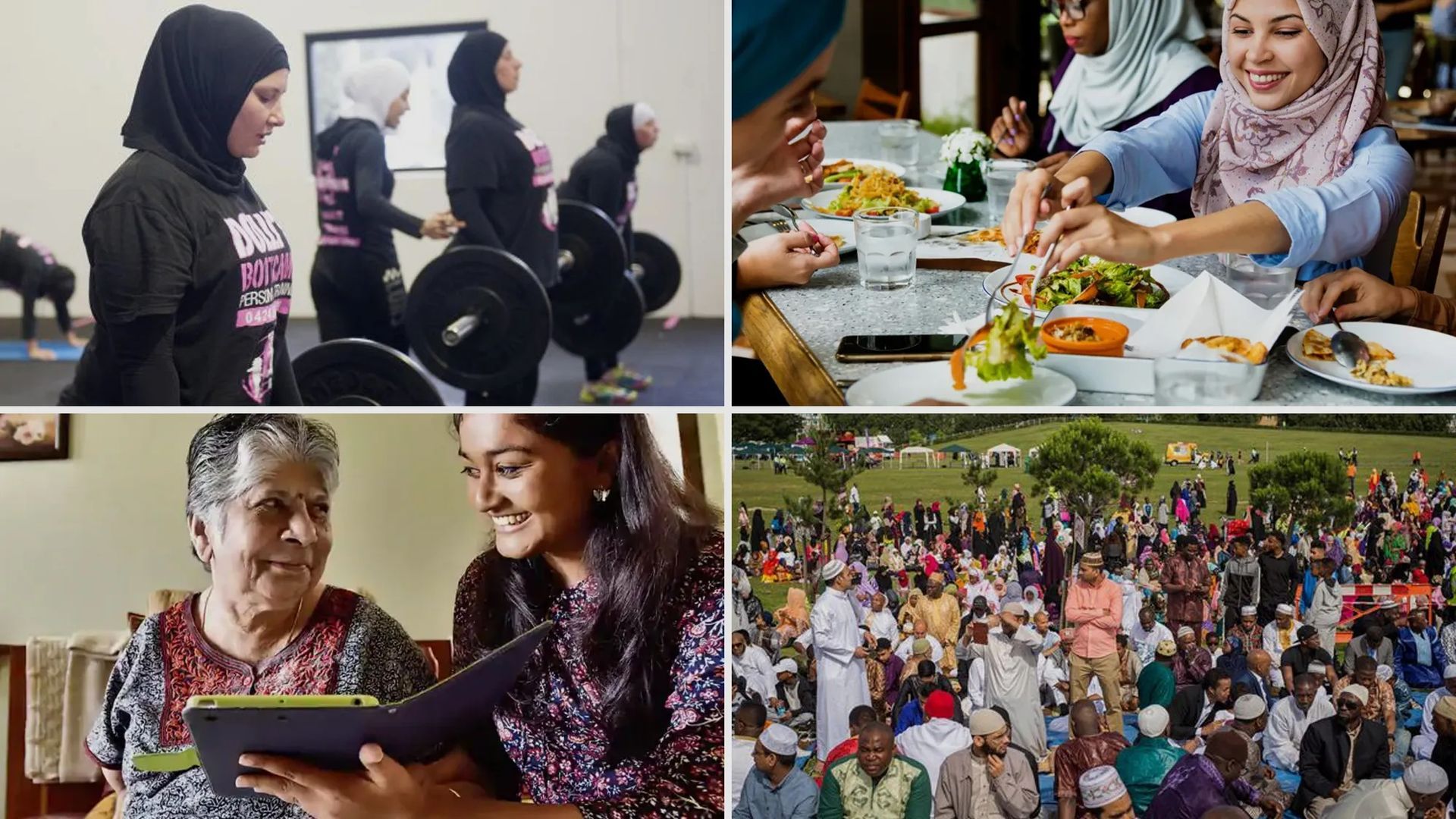UX in Healthcare Technology – "Getting to know you, getting to know all about you…"
John Walters • 10 January 2023
How we can use the power of UX Design to help improve the experiences of patients from different ethnic communities.
Not so long ago I was invited to speak alongside a panel of UK-based healthcare experts on the subject of personalised healthcare for South Asians focussing on Diabetes and community engagement.
Now, those who know me will be quick to point out that I’m neither a fully-qualified healthcare expert, a diabetic or a South Asian community member.
So, why me?
Well, alongside our colleagues Inavya Ventures, we have been helping to shape the Digital product design & user experience of a truly personalised healthcare AI technology called AVATR®.
Over the last few years we’ve been working with their team of AI experts and some world-leading healthcare institutions to develop our technology in support of the traditional Doctor-Patient relationship. It’s this multidisciplinary approach that enables the creation of the unique digital self and drives the user experience for each Patient and their Doctor.
So, what follows is a summary of the talk I gave on the power of UX design to improve the experiences of South Asian patients living in the UK.
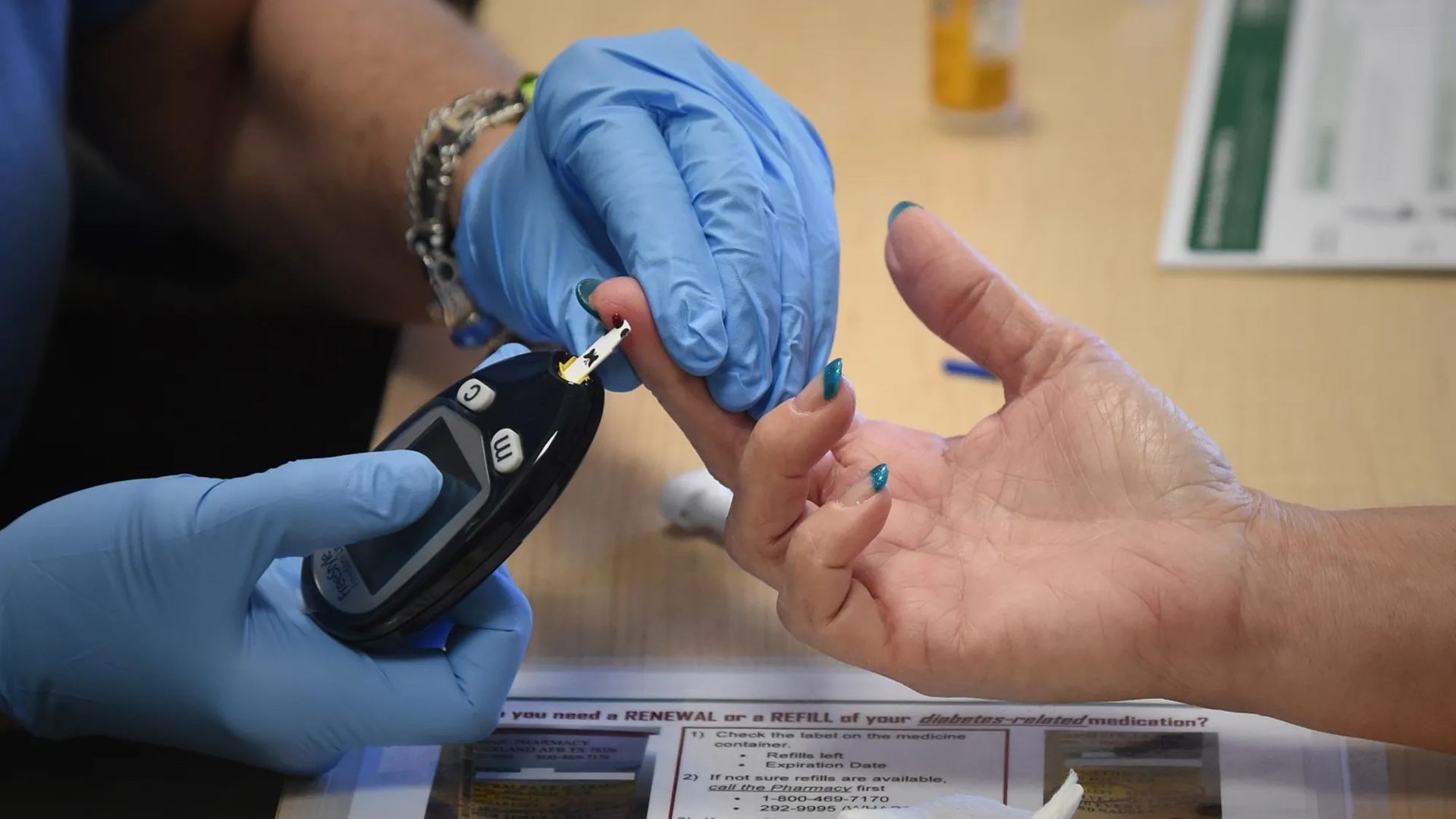
When we think about the lived experience of Patients — whether they’re from the South Asian Community or not, we already know, chronic conditions such as heart disease and diabetes create significant health and economic costs. Ensuring that patients are able to proactively manage their illnesses is key to reducing these costs and improving people’s lives. And as we continue to live longer with comorbidities the strain on the time and resources of both Doctors and HCPs gets heavier. All this means that patients find themselves facing less and less human contact with medical professionals.
It’s no secret that technology has the potential to engage many more patients in managing their own health, whilst supporting the work of Doctors and HCPs in empowering patients to take control of their condition so that they might thrive.

“Getting to know you, getting to know all about you…”
But if we’re going to do this properly we really need to get to know them.
And get to know them well.
We really need solutions that can deliver positive behavioural changes.
Changes that can only come from a deeper understanding of a patient’s needs, pain points, motivations, and beliefs.
Because people are not just defined by their condition, their age, their gender or location. They are defined by their cultural background, their socio-economic background, their community, their family history, their motivations, their likes and dislikes, their hobbies and interests, their hopes and aspirations.
And Digital Technologies such as Machine Learning and AI can continually gather all this meaningful information about a patient to help provide a uniquely personalised healthcare experience. One built on a genuine understanding of the individual and their own lived experience.
By getting personal — technology can establish a trusted relationship with the patient — one that supports the existing patient-doctor relationship.
But how does technology or a computer get to make a genuine and meaningful connection with someone?
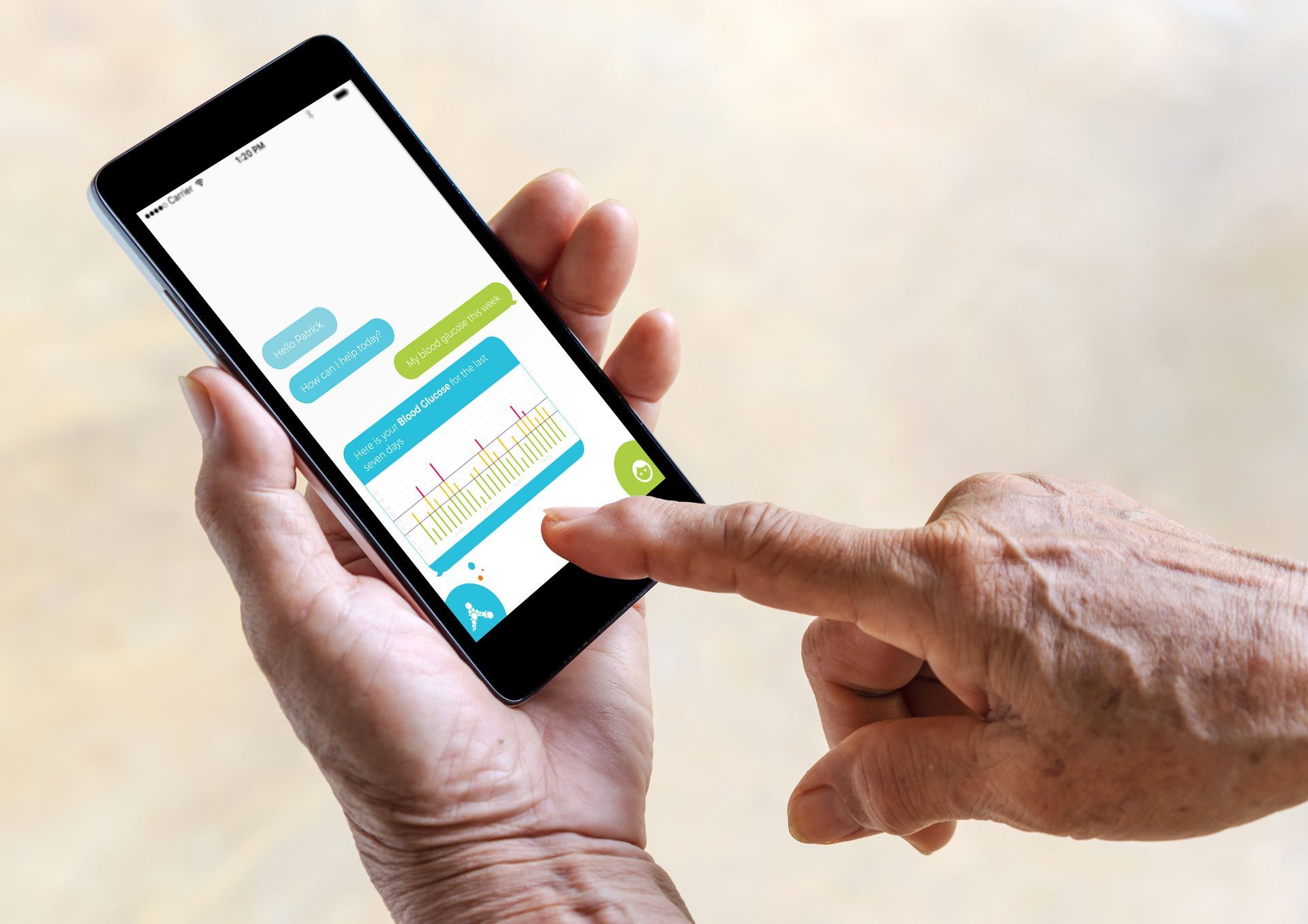
“When I am with you…Getting to know what to say…”
By using a chatbot as a patient’s user experience we have the opportunity to gather all the relevant data and insights through an experience they’re already familiar with (such as WhatsApp or Messenger on their mobile phone). We’re not having to teach them a new form of communication.
And in a chatbot we can be…
Natural and Conversational
Healthcare loves a form. And the best way to fill in a form is to do it without realising you’re filling in a form. A chatbot means we can gather everything we need without the handcuffs of rigid traditional paper-based forms, where data capture strategies can be delivered through a patient’s smartphone in a more contextually relevant interaction. We can tailor the tone of voice to be receptive to the patient’s mood or anxieties — helping to provide moments of reassurance and the feeling of being cared for even whilst talking to a machine. All the while, giving the impression that they’re chatting to a real person.
Dynamic Flexible and Adaptive
By responding to language barriers, cultural barriers and contextual circumstances we can tailor the communication process for each patient, taking into account their personal circumstances. We can identify contextually relevant situations to provide a patient with a relevant learning moment. If they’re struggling to keep on top of their Doctor-prescribed exercises we can chat to the patient and find out what their pain points are. It could be hard for them to find somewhere comfortable to exercise or even bad weather that’s stopping them from going out and we can provide more timely, relevant and achievable alternatives or guidance on how to do these.
Logical
An AI-powered chatbot will be logical by its very nature. But when this is combined with both a conversational tone of voice and the use of clear image-based narratives, we’re able to guide Patients, reducing the possibility of misinterpretation or incorrect use.
Bitesize
As Desmond Tutu famously said ; “there is only one way to eat an elephant: one bite at a time.” When a task feels daunting or complex it pays to break it down into manageable chunks. Whether that’s helping to keep a patient on top of their complex medication regime or gathering significant amounts of information; a chatbot can break big tasks down to simple and easy to accomplish tasks that help to keep the patient motivated and on the right path. We’re able to lower the barrier to engagement by keeping interactions quick, frictionless, and non-disruptive, as patients want to spend less time on their illness and more time doing what they love.
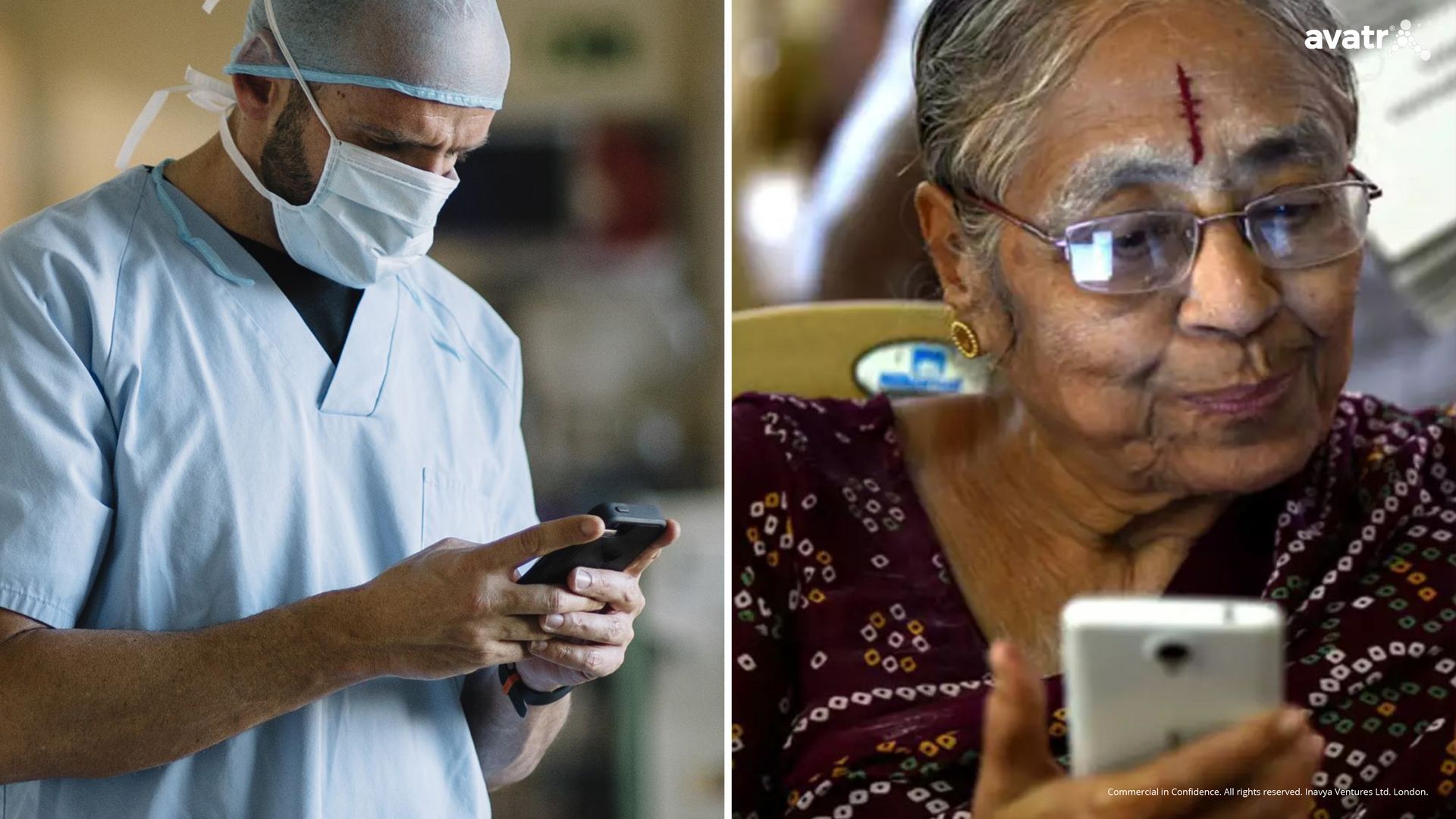
Ultimately, as a chatbot we have the opportunity to act as a highly personalised and ‘always on’ go-between the patient and their doctor – enabling continuous personalised care outside the traditional hospital or surgery setting.
With AVATR® and our work on Diabetes – we’re focussed on supporting Doctors, HCPs and their patients from the South Asian community. And we’re exploring how to use technology to deliver highly relevant diet and lifestyle improvements.
Through patient and Doctor interviews, secondary research and co-creation sessions, we’re able to learn about the emotional and functional barriers that may be preventing South Asian patients from proactively managing their health.
And we then find ways for the technology to help the patient on their terms.
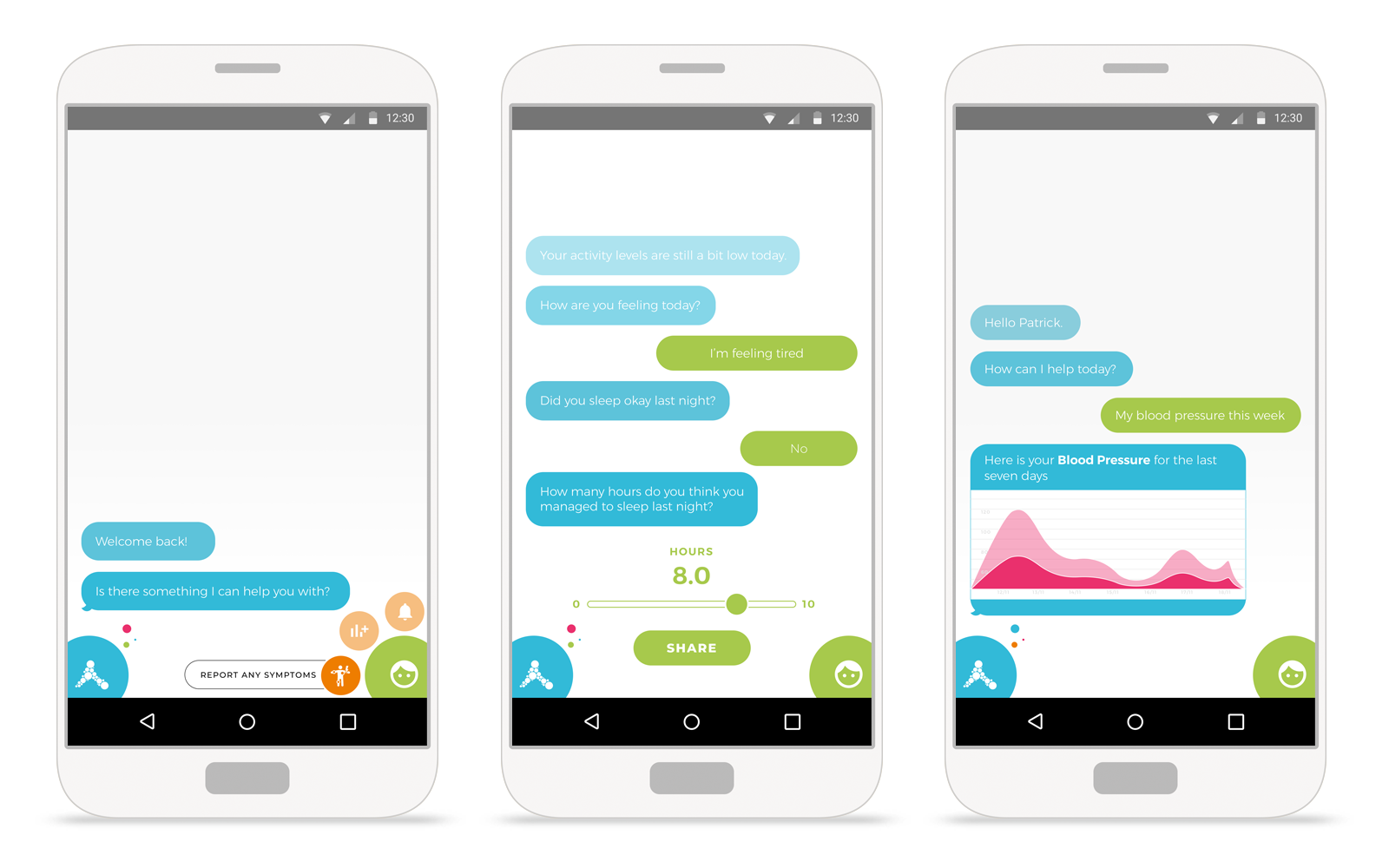
“Because of all the beautiful and new things I'm learning about you…day by day…”
Through our Patient chatbot experience we can have conversations that can be so much more than a series of speech bubbles.
We can use simple touch button interfaces, clear and simple language and much more visual and engaging imagery to help soften the language barriers.
And with the potential of text to speech functionality and personalised language preferences we are able to go even further by connecting with Patients in Punjabi, Urdu, Hindi etc.
Which all means that as well as collecting all the usual medical readings and data, we can learn about patients personal health goals, their diet choices and the kinds of exercise they’d most likely engage with.
And we can also dive deeper into discovering even more about the patient.
We can explore their cultural background, their socio-economic background and their family history. And this helps us to build a richer, personalised, ever-changing picture of a patient from the South Asian Community.
And it’s this realtime personalised picture that’s shared with all the Doctors and HCPs involved in an individual patients’ care. This enables real time compliance, potential risk monitoring, the ability to track progress and identify pain points. With a richer real time view the Doctor is able to tailor the patient’s treatment plan to suit their individual circumstances as those circumstances evolve over time. The ability to really understand the individual patient means we can help to create truly personalised care plans that are able to:
- connect people to services that truly fit their own needs (such as safe, comfortable and appropriate places to exercise).
- provide relevant diet choices (offer healthier versions of a patient’s favourite foods or the dishes their own family makes).
- provide contextual learning moments that are tailored to them (whether it’s an effective way for an elderly Bangladeshi lady to test their blood sugar or lower their blood pressure).
- factor in life events that would normally disrupt their progress (such as Religious festivals, holidays and birthday celebrations, or moments of stress such as bereavements or the loss of a job or income).
And all the while we can use the conversational tone of a Chatbot to engage patients in a much more personalised manner so that we continue to learn more about them and their own sensibilities.
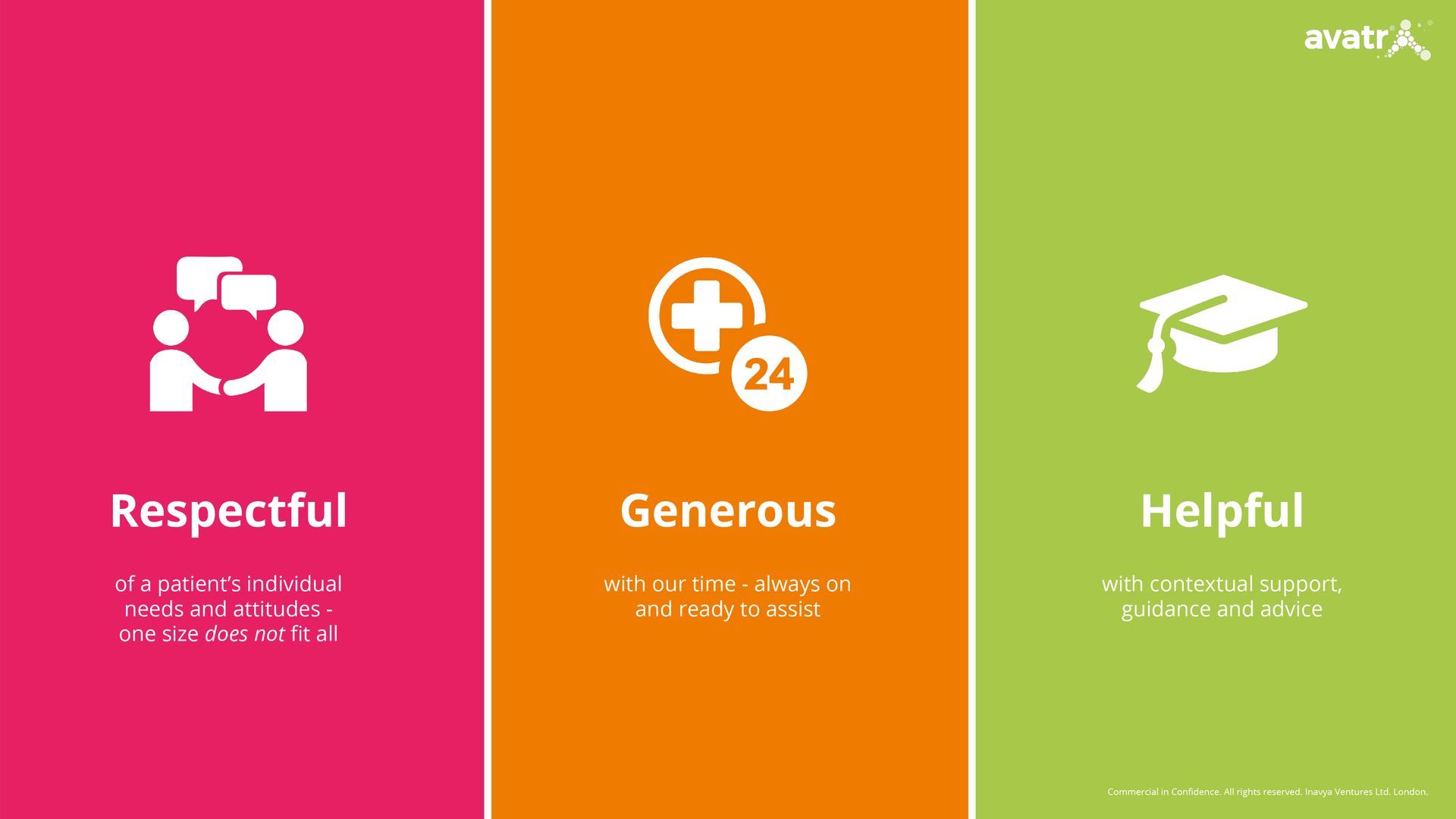
“Getting to like you…getting to hope you like me.”
Because if we want South Asian patients (or any patients for that matter) to connect with healthcare technology we need to follow the advice of Software Designer, Programmer and Founder of Interaction Design Consultancy – Alan Cooper: “If we want users to like our software we should design it to behave like a likeable person: respectful, generous and helpful.”
And with a chatbot that’s exactly what we can be…
- We can be respectful of a patient’s individual needs and attitudes — in healthcare as in real life. The South Asian community is a rich and varied one – one size does not fit all.
- We can be generous with our time – technology is always on and ready to assist — whether that’s the Doctor who needs something from the patient or whether that’s the patient needing something.
- And we can be helpful – providing truly contextual support, relevant and timely guidance and personalised advice.
And if we do it right, it means our patients can spend less time on their illness and a lot more time doing what they love.
*Apologies to Rodgers and Hammerstein for the titles :-)
OTHER POSTS
© 2025 Animo Group Limited. All rights reserved.

